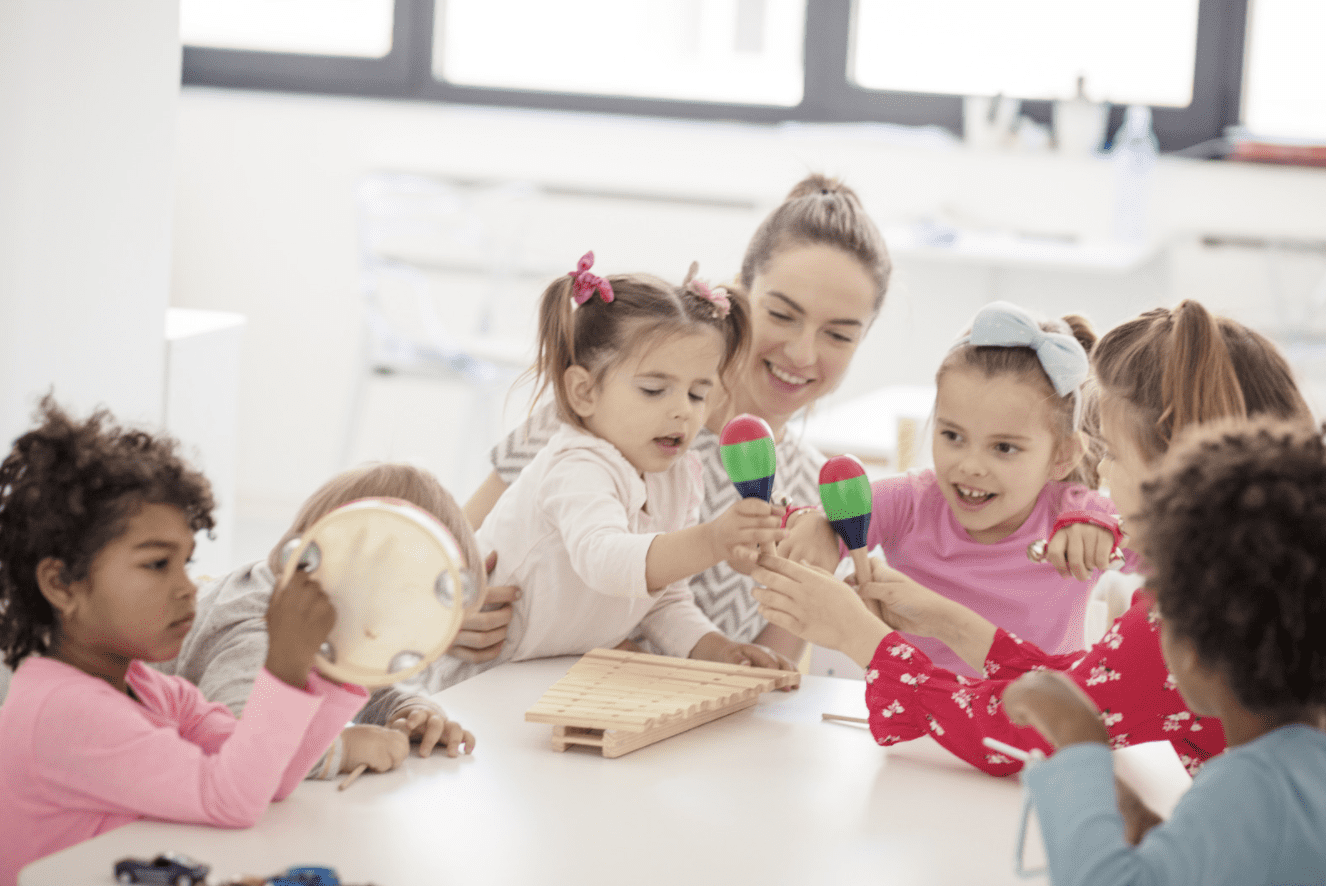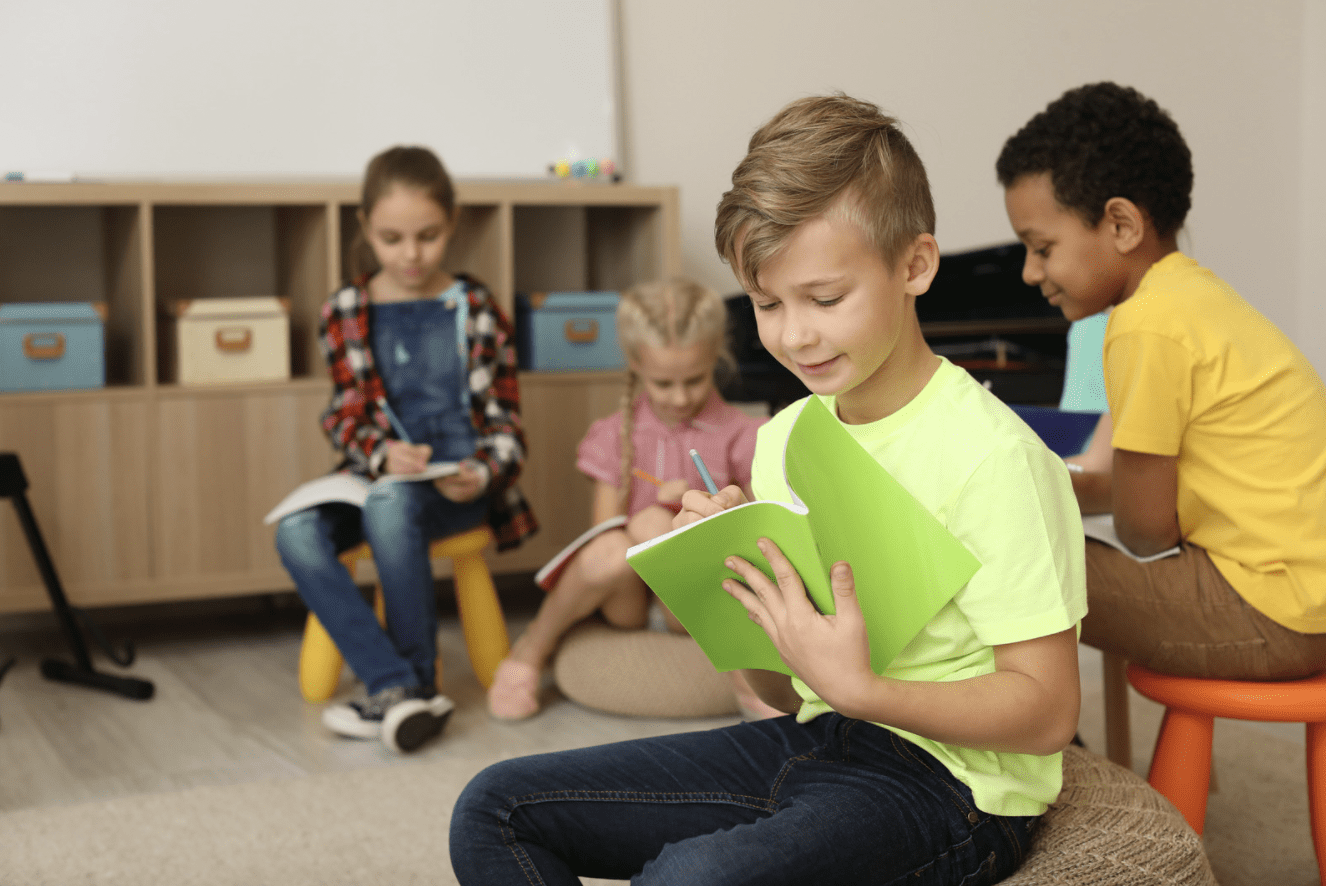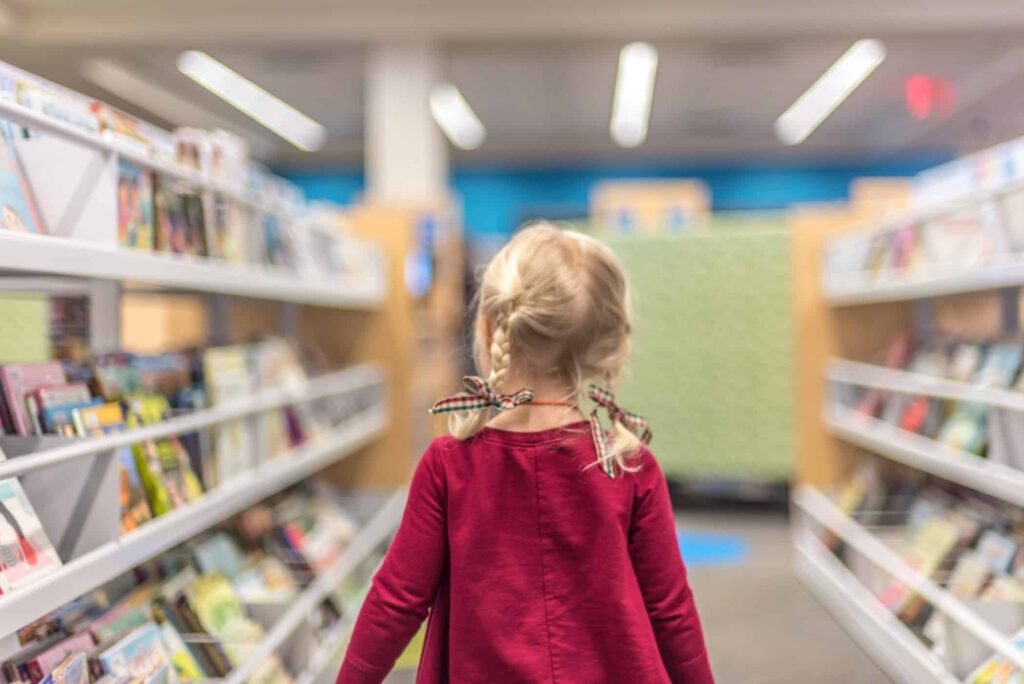There have been many studies conducted about how children learn to read. Even now, there are several different theories on how to help children discover written language. All of these theories, however, come down to these three basic steps.
1. Connecting Sounds To Print
When a baby is born, its brain is hardwired to start understanding spoken language. This is how a baby learns to communicate with its parents and understand what is said. There is no visualization to this process at first.
As the child becomes a toddler, words start taking on new meanings as they associate the words and sounds they make with different items and processes. I am tired means they need a nap, and saying I am thirsty helps them get something to drink.
The next step in the language process is connecting these words and sounds to printed material. This begins with learning the alphabet and the sounds associated with the letters. Once the child has reached this level, they will move to the next step.

2. Understanding those sounds have meanings
When the child starts connecting sounds to letters and letters to words, they will begin to understand that these strings of letters have meanings. They will begin to recognize small words, which is the beginning of learning how to read.
Many of these words will be memorized at first. They will be able to identify them on flashcards or in books that you are reading to them. This is a great start. Once they build confidence with these words and start learning how to sound out new words, they will start building their basic reading skills.
This is a gradual process and every child will achieve this goal at a different time. Parents must remember not to push or criticize during this fragile time. Like all skills, reading takes practice and everyone has to start from scratch.
The best thing that parents can do is interact with their children and read to them and read with them. Encourage them to point out words in the stories you are reading that they recognize. Make it a rewarding experience, and they will be sure to keep trying.

3. Developing Fluency
As your child progresses and starts recognizing more words and understanding their meanings, they will build fluency. Fluency comes with time and practice, just like learning the words.
A great way to help your child with their fluency is to have them read aloud to you. This way, you can help them with words they might be struggling with and have discussions about the context of the words. Fluency can build easier when they have a proper understanding of the words they are reading.
There are other small contributing factors that researchers have cited that help children learn to read. In the end, they all come down to these three most basic principles. If you can help your child with these three areas of learning to read, they will become strong readers in the future.

